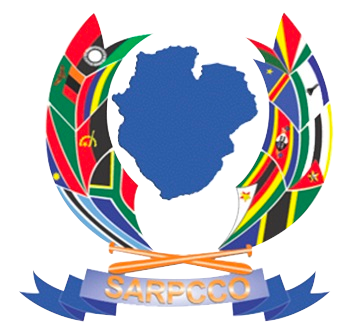Counterfeit and Intellectual Property Crime
Counterfeiting is a crime dating back to antiquity. Today, the scope is wider, the impact greater, the tools more readily available and the techniques increasingly sophisticated.
If left unchecked, the circulation of counterfeit currency can undermine national economies, weaken financial institutions and jeopardize people’s livelihoods. It fuels the underground economy and finances the activities of organized criminal networks and terrorists.
The fraudulent use of identity and travel documents – whether they be counterfeit, forged or simply unofficial – is a major threat to both individuals and society as a whole.
Recent developments in photographic, computer and printing technologies, along with the availability of low-cost equipment, have made forgery much easier.
To keep pace with the evolving state of the art, law enforcement needs to master increasingly technical skills. INTERPOL provides sophisticated tools, comprehensive databases and hands-on training to take the guesswork out of identifying fake banknotes and documents.
Illicit Good
Criminal groups manufacture and sell a wide range of illicit goods and medicines, putting consumers at risk.
The impact is felt across the whole of society. Counterfeiting harms businesses which produce and sell legitimate products. Governments lose tax revenue from products manufactured or sold on the black market. Consumers are at risk from substandard − and often dangerous − products.
Cultural property
Cultural property is part of our heritage, history and identity. It needs protecting from criminals.
Trafficking in cultural property is a low-risk, high-profit business for criminals with links to organized crime.
From stolen artwork to historical artefacts, this crime can affect all countries, either as origin, transit or destinations.

